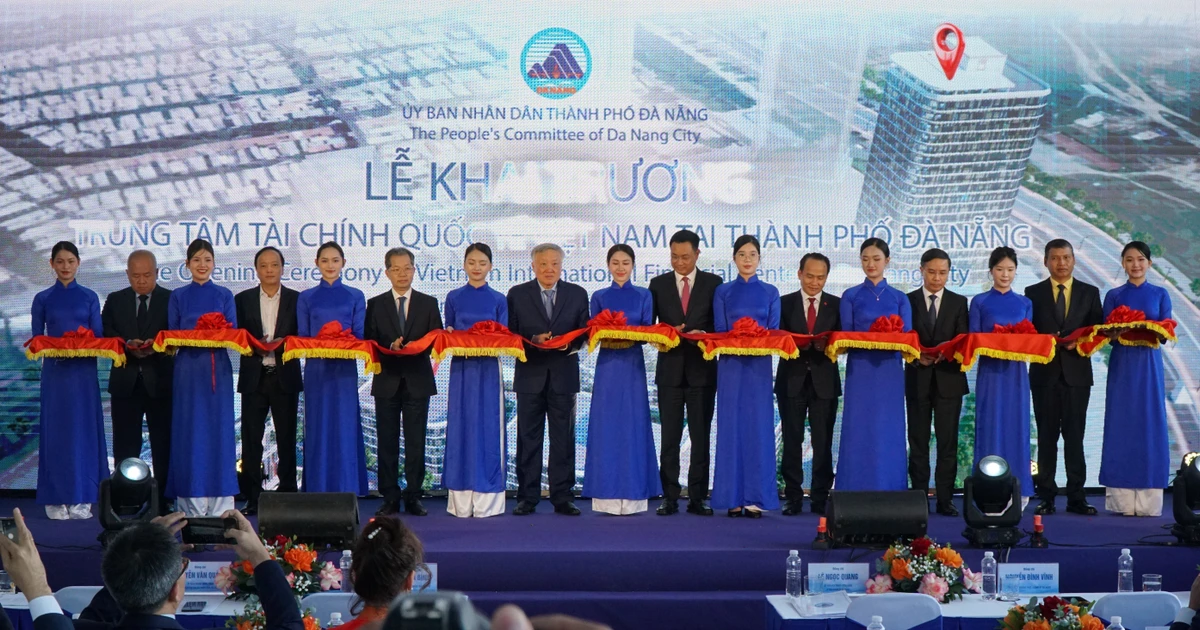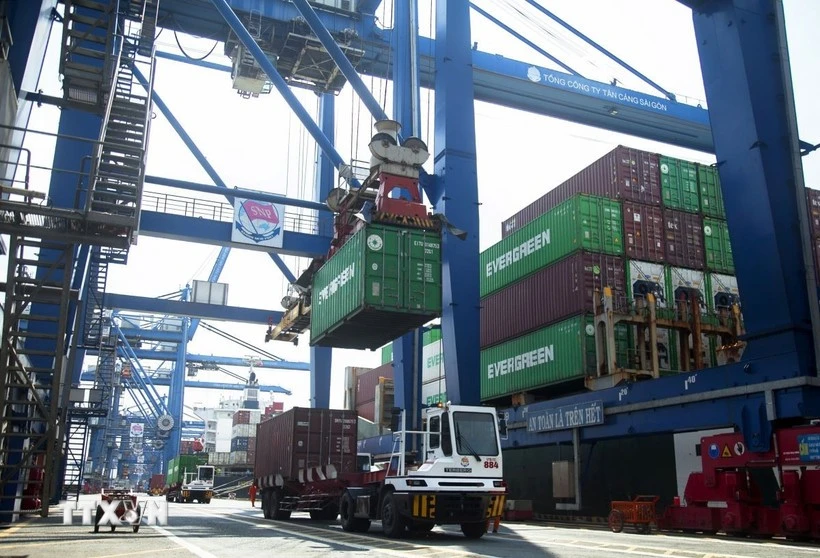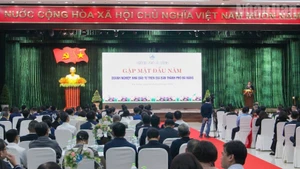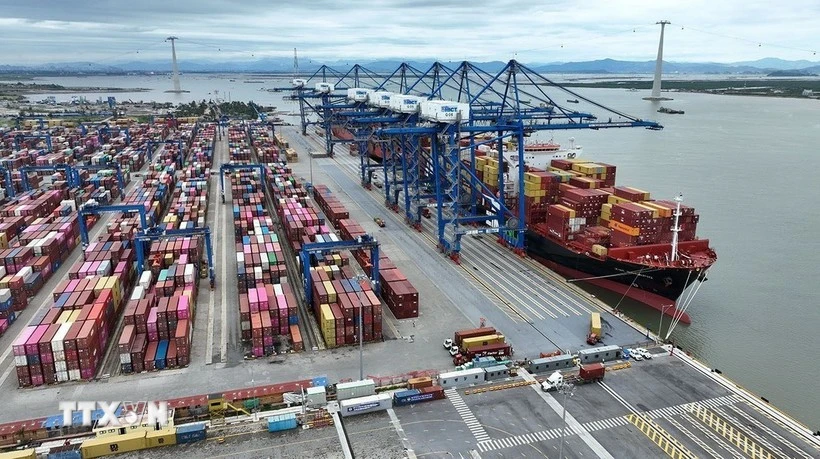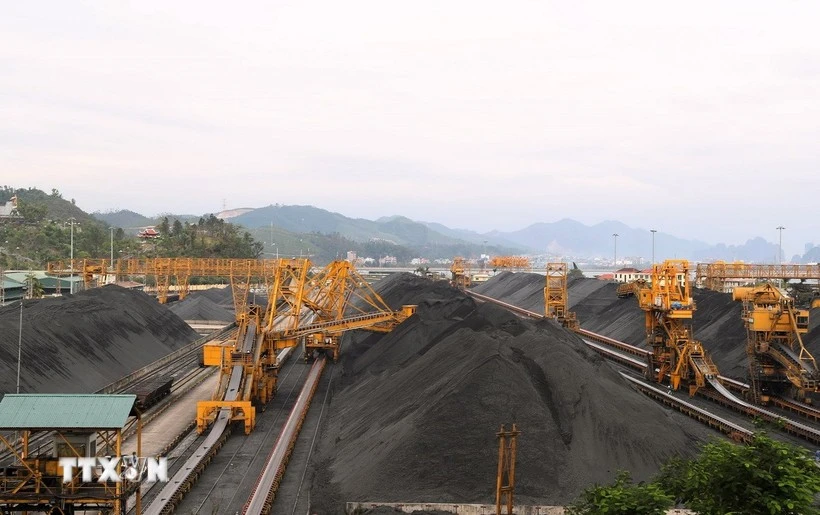According to the Vietnam Pepper and Spice Association, Vietnam exported 87,400 tonnes of spices of all kinds in the first quarter of 2024, with a turnover of 322.7 million USD. Compared to the same period in 2023, the export volume decreased by 24.1% and turnover decreased by 4.8%.
The two main exported spices are: pepper, accounting for 65% with 56,800 tonnes and turnover of 235.6 million USD, down 26% in volume and 0.1% in value; and cinnamon, with exports reaching 16,000 tonnes and turnover hitting 46.2 million USD, down 14.6% in volume and 15.7% in value.
Exports of anise, ginger, turmeric, cardamom, and nutmeg also recorded a decrease. Only chili exports increased, climbing 17.6% in volume and 52.8% in value.
The main export markets of Vietnamese spices include the US, European Union (EU), India, and China. However, in recent times, export turnover to India and China has continuously decreased.
According to Nguyen Dinh Chien, Deputy Director of the Department of Industry and Trade of Yen Bai Province, Yen Bai is the province with the largest cinnamon growing area and output in northern Vietnam, with an area of more than 86,000 hectares, of which more than 14,000 hectares are certified as organic cinnamon meeting international standards.
Currently, the province has 16 cinnamon essential oil factories, with a total capacity of 1,000 tonnes of essential oil products per year.
In addition, there are more than 400 small-scale household cinnamon essential oil processing facilities, mainly operated using manual methods, with an average annual output of 300-800 kg/facility.
The province's cinnamon products have been exported to more than 30 markets, including China, the Republic of Korea, Japan, Egypt, the US, Russia, and the UK. However, cinnamon production and processing are currently conducted locally.
The province still receives little major investment and is still backward, so productivity and quality are not high and do not meet the requirements of the domestic nor export markets.
For pepper products, according to the Department of Industry and Trade of Binh Phuoc Province, pepper export turnover in the whole province also seriously decreased in 2023, reaching only 26 million USD, down 45% compared to the same period in 2022. Currently, the province only has Nedspice Binh Phuoc Spice Processing Company as an exporter of spice products.
The company has a factory processing pepper, nutmeg, nutmeg peel, pimento pepper, cinnamon, ginger, cloves, dill, and coriander with a capacity of 40,000 tonnes per year, of which pepper alone accounts for 28,000 tonnes per year.
Faced with that reality, in order to fully exploit the export potential of Vietnamese spices, it is necessary to promote the development of high-quality, organic growing areas while at the same time focusing on deep processing to add value.
According to Truong Tan Nhat Linh, Deputy Director of the Department of Industry and Trade of Binh Phuoc Province, spice processing enterprises in the province are also expanding towards investment in processing.
In the past, after harvesting, pepper was mainly cleaned and dried before being sold, but in recent years, there has been deep processing with diverse products, such as freeze-dried four-colour pepper powder, dried green pepper powder, black pepper powder, freeze-dried red pepper, ASTA black pepper, sterilised white pepper, sterilised white pepper, etc., to serve domestic and export needs.
In addition to increasing processed products, trade promotion also plays an important role in bringing Vietnamese spices to world consumers.
According to Hoang Thi Lien, President of the Vietnam Pepper and Spice Association, the association is making efforts to develop a sustainable market development strategy and promote the Vietnamese pepper and spice industry as well as to prioritise approval of programmes to participate in major international fairs in key markets.
On that basis, the association proactively develops plans and registers booths early with the organisers to have a good location and good prices. At the same time, member businesses also have time to prepare the best personnel and products to participate in the display and expand trade opportunities.




